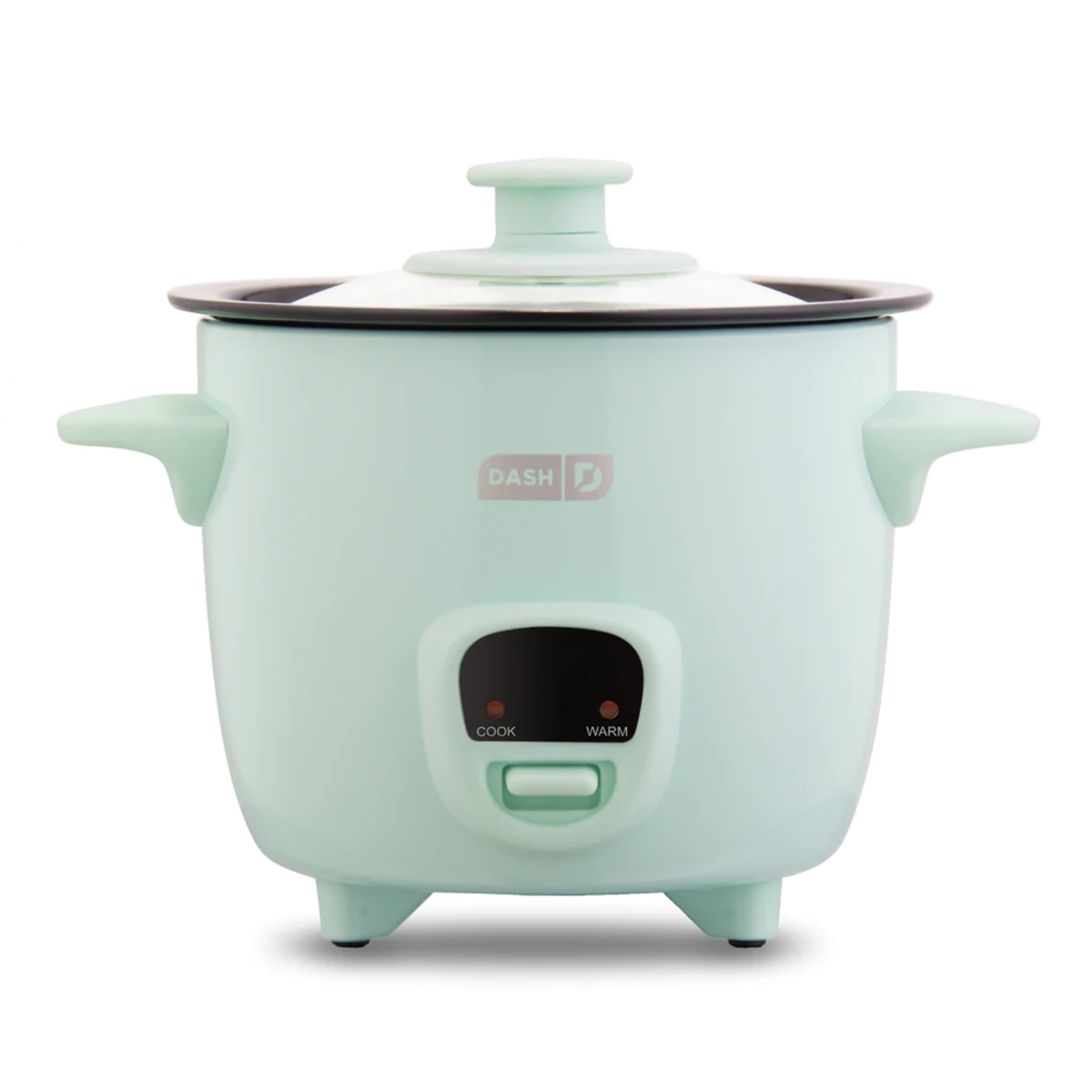1 Cup Rice Cooker: Your Ultimate Guide to Efficient Cooking
1. The article explains that the rice measuring cup used in Japanese cuisine does not correlate to the standard measuring cup used in Western cooking.
2. The traditional Japanese unit called gō or cup is equal to 10 shaku or 1/10 shō.
3. In 1891, it was officially equated to 2401/13310 liters.
4. Although the gō is no longer an official unit, modern premium rice cookers often include 1-gō measuring cups or their metric equivalent of 180ml.
5. The scale on these cups goes up to 160ml but they actually hold 180ml.
6. The size and markings of rice measuring cups may vary, but they typically follow this standard size and leveling method to ensure accurate rice volume measurement.
7. The article discusses the different technologies used in rice cookers to heat and cook rice.
8. Conventional rice cookers have a thermostat and a heating element.
9. Micom, or micro-computerized models, have programmed cooking “flows” to make adjustments to cooking time and temperature.
10. IH models are also micom but use induction heating technology instead of an electric heater.
11. Top-of-the-line models apply pressure during cooking for optimal cooking results.
12. The principle is to heat the rice perfectly to ensure a tasty and worry-free outcome.
